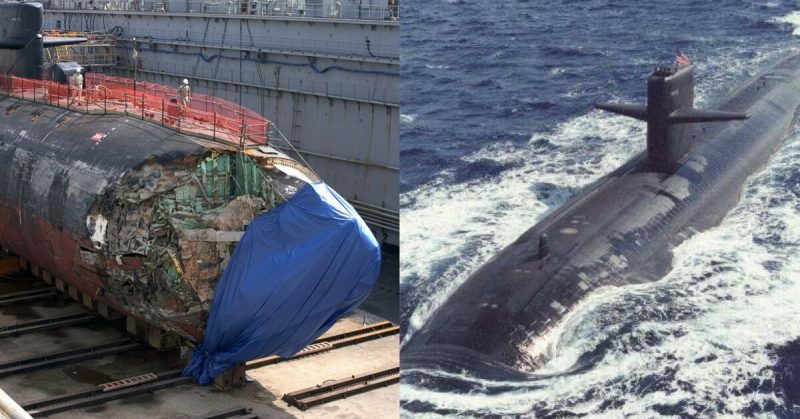Launched in 1979, the USS San Francisco is the third American ship, boat or submarine to carry a title featuring San Francisco in the name. In 2005, the submarine was moving southeast of Guam when it struck an undersea mountain. This caused significant damage to the front end of the submarine, and resulted in many injuries and one death.
History of the USS San Francisco
The USS San Francisco is a Los Angeles Class nuclear submarine and had a billion dollar price tag when it was built in the 1970s. Los Angeles class submarines were built from 1976-1996, with 62 completed and 39 still in service today, one of which is the USS San Francisco. These submarines have an estimated maximum speed of 30-33 knots, although the exact speed is classified.
The USS San Francisco has an operational depth of 650 feet. Of course, the submarine is a nuclear sub. This means that it is powered by a nuclear reactor, whereas a conventional submarine is powered by a fuel such as diesel. Nuclear submarines are sought after because they can generally remain underwater until they run out of food and water, which can be months at a time.
Over the years the USS San Francisco has seen multiple home ports. It was officially commissioned in April of 1981 and has seen homeports in Hawaii, Guam, Virginia, California, and several other places. The submarine is 361 feet, 11 inches long and can carry close to 130 men. It has a beam (basically, width) of 32 feet and 10 inches and a draft (how deep the keel is when the submarine is at the surface) of 31 feet, 10 inches. The submarine was modernized in 1990, and wouldn’t see any major makeovers until the underwater collision in 2005.
Collision
In December of 2002, the homeport for the USS San Francisco moved to Guam. It was the second submarine to be placed there, and would stay for several years until it eventually was moved to be repaired following the collision in 2005.
On January 8th, 2005 the USS San Francisco was located around 350 miles southeast of Guam when it struck an underwater mountain. It was headed to Australia from Guam for a Port Visit. The sub was moving at maximum speed, at a depth of 525 feet, and was near the Carolina Islands.
Due to the speed, the submarine suffered major damage to its front end as it barreled into the mountain. The submarine had 137 crew on board.
While the damage appeared severe from the outside, the submarine’s main hull was not breached and the nuclear reactor was not compromised by the collision. There was some heavy damage to the sonar system as well as the front ballast tanks, which affect the submarine’s ability to find buoyancy to rise.
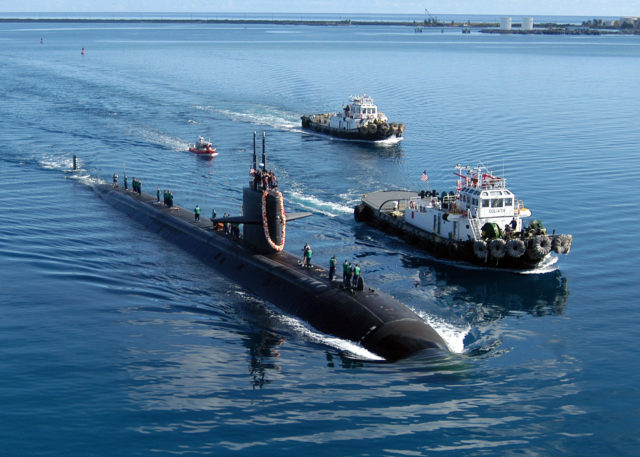
The impact caused 98 crewmen to be injured, and one of these men died. Injuries included lacerations, back injuries and broken bones. The one fatality was Joseph Allen Ashley, who died the following day from head injuries. Crewmen reported that the impact sent men flying everywhere, 20 to 25 feet, and that there was blood all over the place.
As the men regained their strength, the decision was made to perform an emergency blow. An emergency blow is when high-pressure air is forced – or attempted to be forced – into the main ballast tanks of a submarine. Unfortunately, because the front tanks had been damaged a lot of the air was just going right into the ocean. It took several minutes, but the air eventually reached the rear tanks which allowed for the vessel to slowly rise to the surface.
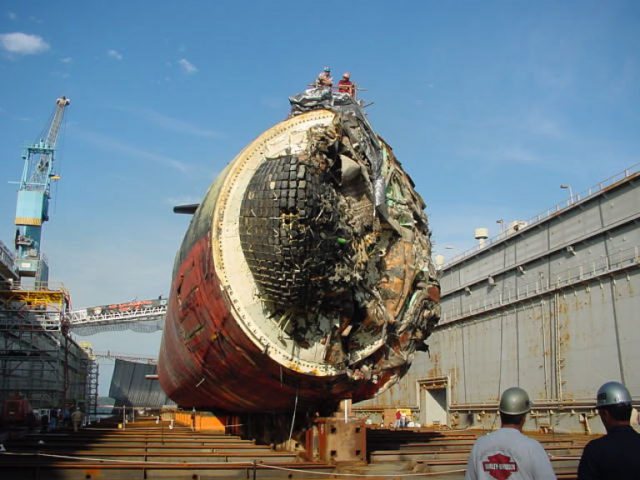
The sub radioed for help, but quickly realized there were no ships nearby, and they were hundreds of miles from home. The crew spent hours trying to get the sub to function, while also tending the wounded. Ashley was given an emergency tracheotomy to ensure that he could continue to breathe. At some point, an emergency helicopter arrived to take him from the sub and Ashley needed to be moved to where the helicopter could get him.
The crewmen have said that they removed railings and other fixtures from tight hallways to get him up to the top deck. Unfortunately, the men were unable to get Ashley through the bridge hatch as water was gushing over it. He had to be brought back down into the submarine, and that is when the men say they lost him.
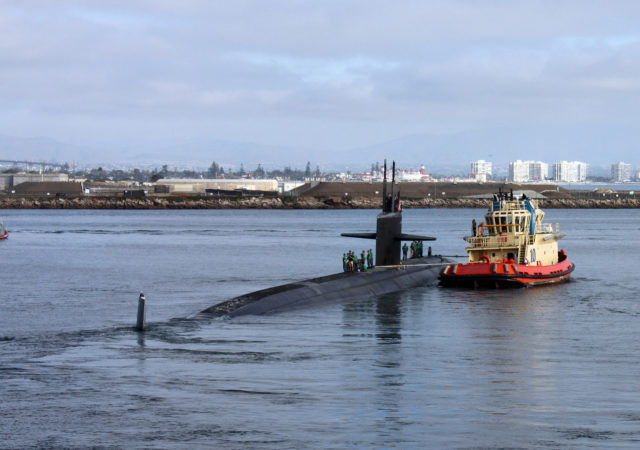
It took the submarine 52 hours to get back to Guam following the collision. The submarine can move at a speed of around 40 miles per hour when fully functional, but its return trip home was spent going around 10 miles per hour.
Who Was At Fault?
The Navy found Commander Kevin Mooney at fault, citing poor judgment leading up to the crash. Generally, sonar equipment can pick up obstacles in the water but the signal can be detected, which could give away the submarine’s location to the enemy. Submarines try to operate quiet and deep, for this very reason.
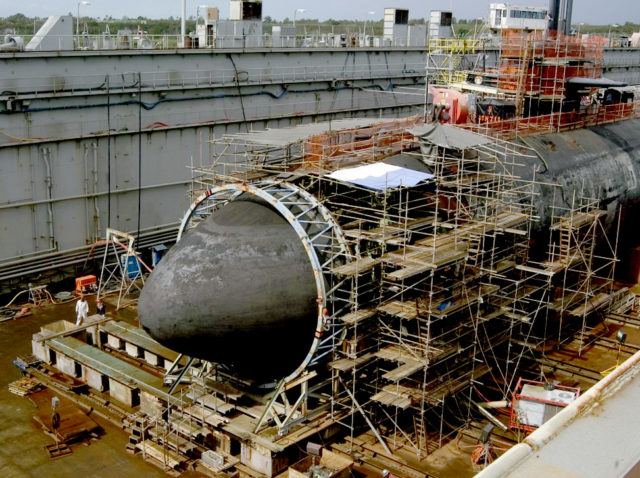
The submarine received temporary repairs in Guam before being moved to Puget Sound Naval Shipyard in Washington state. The repairs performed in Guam were enough to get the submarine to Puget Sound but were not a long term fix. The Navy had replaced the nuclear fuel on the USS San Francisco in the early 2000s and decided that they would take the nose from the USS Honolulu and put it on the USS San Francisco.
The USS Honolulu was set to retire in 2007, while the USS San Francisco could run till at least 2017. The Navy removed the cone from the Honolulu and placed it on the USS San Francisco; the total cost of the job was $134 million.
The USS Honolulu could have been used in place of the USS San Francisco, but its nuclear fuel system needed to be replaced which had an estimated price of $170 million.
The USS San Francisco undocked from Puget Sound in October of 2008 and was put back into full service in April of 2009.
Check out this video, taken from the sub and published in March 2016
